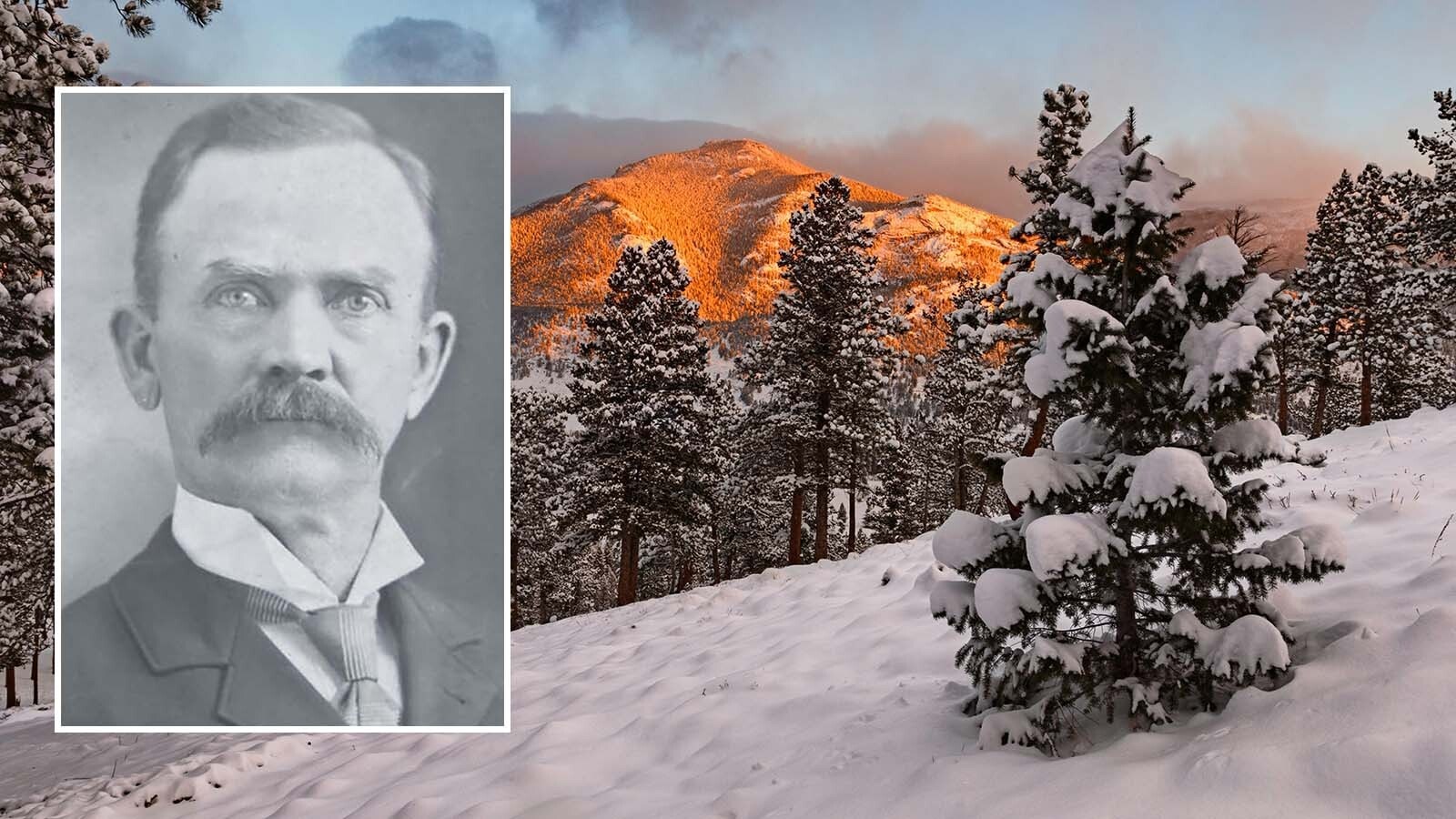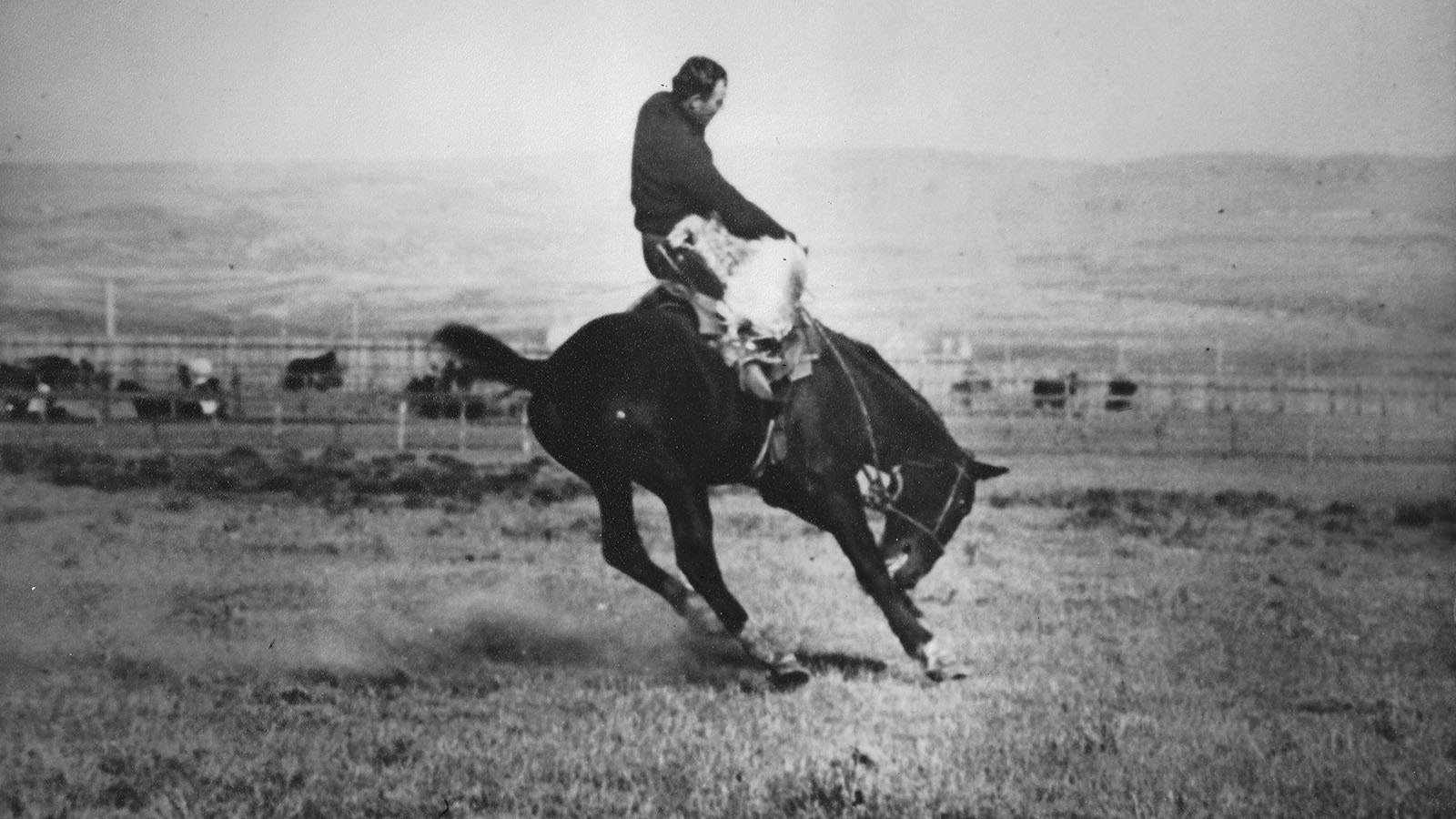In July 1862, prospectors discovered gold in the Missouri River headwaters of present-day Montana. News of the gold strike leaked, and hundreds of miners arrived in the Beaverhead River area establishing Bannack City. In 1863, prospectors found gold deposits in Alder Gulch in the Gallatin River watershed and Virginia City blossomed to more than 4,000 people.
Prospectors traveling to the Montana goldfields from the west used the Mullan Road. From the east they traveled the Oregon Trail to Fort Hall then headed north, or they boarded Missouri River steamboats that transported them as far as Fort Benton.
In the Spring of 1863, John Bozeman, John Jacobs, and Jacob’s daughter left Virginia City to find a shorter trail. They pioneered a route down the Yellowstone River, cut cross country southeast to the Bighorn Mountains’ eastern slopes, then headed south to the North Platte River at Deer Creek on the Oregon Trail. This became known as the Bozeman Trail and it was 400 miles shorter than taking the Oregon Trail farther west. However, it crossed through Lakota, Cheyenne, Arapaho, and Crow hunting grounds.
The tribes had seen the disruption of buffalo herds and destruction of natural resources along the Oregon Trail and did not want the same thing to happen in their prime hunting territory. They did not look kindly on trespassers and began harassing them.
After several years of sporadic warfare with the Lakota and other tribes, the federal government desired to make peace and sent messengers to inform the tribes of a peace council to be held at Fort Laramie in June 1866. Oglala Lakota chief, Red Cloud, one of the most influential leaders, encouraged others to join the peace council. Several thousand Lakota, Cheyenne, and Arapaho tribal members were encamped at the fort when the federal peace commissioners arrived on May 30.
Negotiations began on June 6, however Red Cloud requested they wait a few days to allow more Lakota bands to arrive; the commissioners agreed. As the peace council reconvened on June 13, Colonel Henry Carrington leading 700 troops of the Second Battalion, Eighteenth Infantry, marched to within four miles east of Fort Laramie and encamped. They were headed to the Powder River Country to build forts and provide escorts to emigrants headed toward Montana’s gold country.
The tribes soon learned of their mission. And at the next day’s council meeting, tribal leaders were furious.
Red Cloud spoke, “I prefer to die fighting rather than by starvation…Great Father sends us presents and wants new road. But White Chief goes with soldiers to steal road before Indian says yes or no!” By the next morning the Oglalas as well as the Arapahos and Cheyennes had left to prepare for war.
Later, on June 28, some tribal groups who had no interest in the Powder River Country signed the agreement allowing a right of way through that territory and for that, the Indian Bureau would give them supplies every six months at Fort Laramie.
Carrington refurbished the existing Fort Reno on the Powder River and built Forts Phil Kearny on Little Piney Creek and C. F. Smith on the Bighorn River. In response, Lakota, Cheyenne, and Arapaho fighters stepped up their attacks on wagon trains and army detachments. Major fights ensued, including the Fetterman massacre where eighty troops were lured into a trap and the Wagon Box Fight both near Fort Phil Kearny, and the Hayfield Fight at Fort C. F. Smith.
In 1867, the federal government, having lost soldiers in both large and small fights with the tribal warriors, decided to seek peace with the warring tribes. As a negotiating point, the federal army would abandon the Bozeman Trail and its forts as Montana travelers were now using an alternate, faster route riding the rails to Salt Lake City and then heading north from there.
The government also wanted to restrict the warring tribes to reservations and would provide annuities as an incentive to tribal bands to move onto reservation lands. A peace commission involving Commissioner of Indian Affairs Nathaniel G. Taylor, Generals William Tecumseh Sherman, Alfred H. Terry, William H. Harney, and others met with some Brulé and Oglala leaders in April and May 1868. The Brulé leader Spotted Tail signed the treaty, and Peace Commissioners traveled to various locations throughout the summer of 1868 getting signatures of other tribal leaders. After the army abandoned the forts on the Bozeman Trail, Red Cloud signed the treaty that fall.
One of the major provisions of the treaty was the establishment of the Great Sioux Reservation. The area encompassed what is now western South Dakota and included the Black Hills. The eastern border was the Missouri River and the southern border was the Nebraska northern state line. The northern and the western boundaries were undefined and called “unceded Indian territory” stretching to the summits of the Bighorn Mountains.
The treaty included annuities for the tribes and established agencies for administration. One clause stated, “They [the Indians] will not in the future object to the construction of railroads, wagon roads, mail stations, or other works of utility or necessity, which may be ordered or permitted by the laws of the United States.”
The Indians could hunt buffalo in the unceded territory “so long as the buffalo may range thereon in such numbers as to justify the chase.” They also had the right to hunt buffalo north of the North Platte River and on the Republican Fork of the Smoky Hill River, in Nebraska.
General Sherman did not want this provision but was overruled by the other commissioners. He wrote General Phil Sheridan, “I think it would be wise to invite all the sportsmen of England & America there this fall for a Grand Buffalo hunt, and make one grand sweep of them all. Until the Buffaloes & Indians are out from between the Roads we will have collisions & trouble.”
Article XII of the treaty stated any sale of reservation lands had to be approved by three-fourths of the adult male population of the reservation. This would become an important point for the Lakotas when in later years the federal government pressured them to diminish the reservation. Sitting Bull, Crazy Horse, and other Lakota leaders refused to sign the treaty, and possibly up to a third of the Lakota population rejected it.
In 1874, General Phil Sheridan directed Lieutenant Colonel George Armstrong Custer to lead an expedition through the Black Hills. Custer took along two miners who discovered gold in French Creek. The gold discovery was announced to the world and soon prospectors were flocking to the Hills in violation of the treaty. This would trigger events leading to what would be called the Great Sioux War.
Bill Markley can be reached at markley@pie.midco.net





